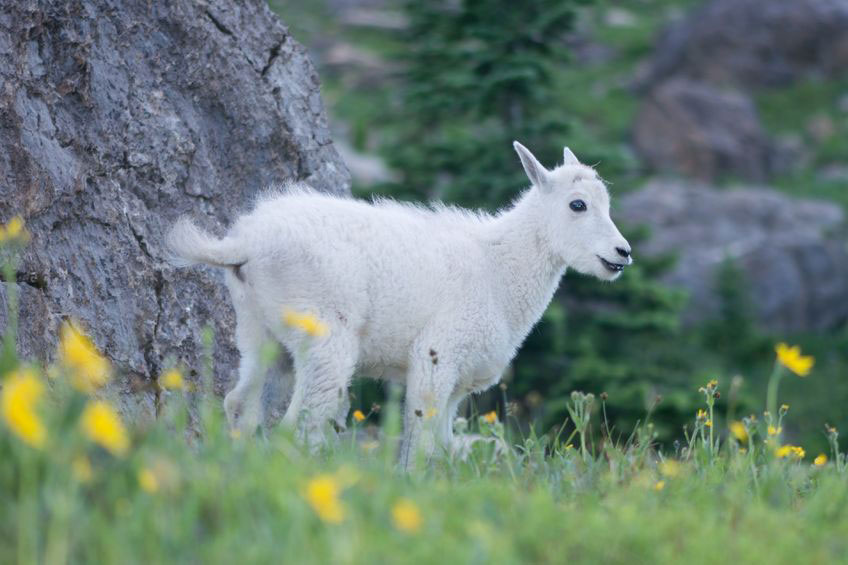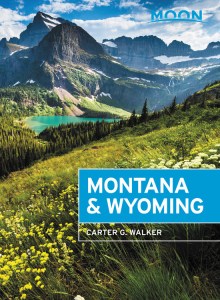Where to See Wildlife in Montana and Wyoming

Appreciating wildlife is as much a part of the culture as mountains are part of the landscape. The most obvious choice for prime wildlife viewing is Yellowstone National Park, where animals have the right of way; just try telling a herd of rutting bison that you have to be somewhere.
Grand Teton and Glacier National Parks are also great bets, although the restricted roads and dense forests can limit visibility. Both states are packed with public lands and refuges (Wyoming has 7 national wildlife refuges, and Montana has 15) that offer prime habitat to any number of species.
Wildlife Viewing in Montana
- Medicine Lake National Wildlife Refuge is in fact two wildlife refuges and a wetland management district that host more birds than you could ever imagine.
- Located in Moiese between the Flathead and Missoula, the National Bison Range is home to 350-500 bison, along with white-tailed and mule deer, bighorn sheep, pronghorn antelope, and elk.
- About 30 miles south of Missoula in Stevensville, the Lee Metcalf National Wildlife Refuge provides habitat for migratory birds including ospreys, eagles, and hawks as well as larger animals including wolves, coyotes, black bears, and badgers.
- Near Lima, the Red Rock Lakes National Wildlife Refuge hosts more than 230 species of birds—including the once-endangered trumpeter swan—and other wildlife including bears, wolves, and moose.
Wildlife Viewing in Wyoming
- Just outside Jackson, the National Elk Refuge is home to more than 7,000 elk throughout the winter months.
- In Dubois, the National Bighorn Sheep Interpretive Center offers winter tours of the nearby Whiskey Mountain Habitat Area. Self-guided tours take visitors into prime sheep country, where waterfowl, raptors, and moose can often be seen as well.
- North of Green River, the wetland habitat of the Seedskadee National Wildlife Refuge hosts some 200 bird species, including Canada geese, great blue herons, and swans.
- Just north of Rock Springs, the White Mountains are home to 800-1,000 wild mustangs. Pronghorn, sage grouse, coyotes, and eagles also frequent the region.
